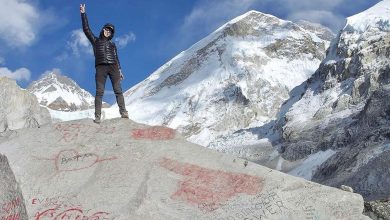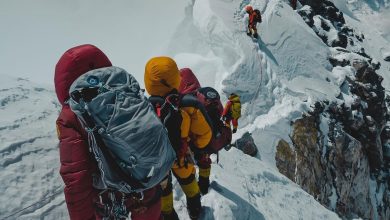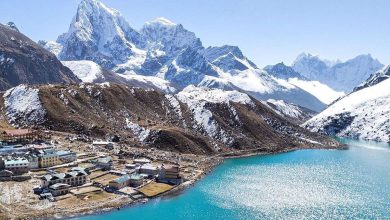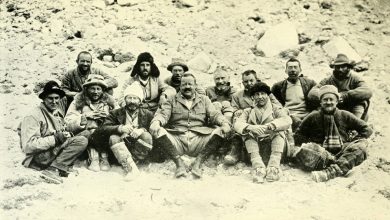What is the Two O’clock Rule on Everest?
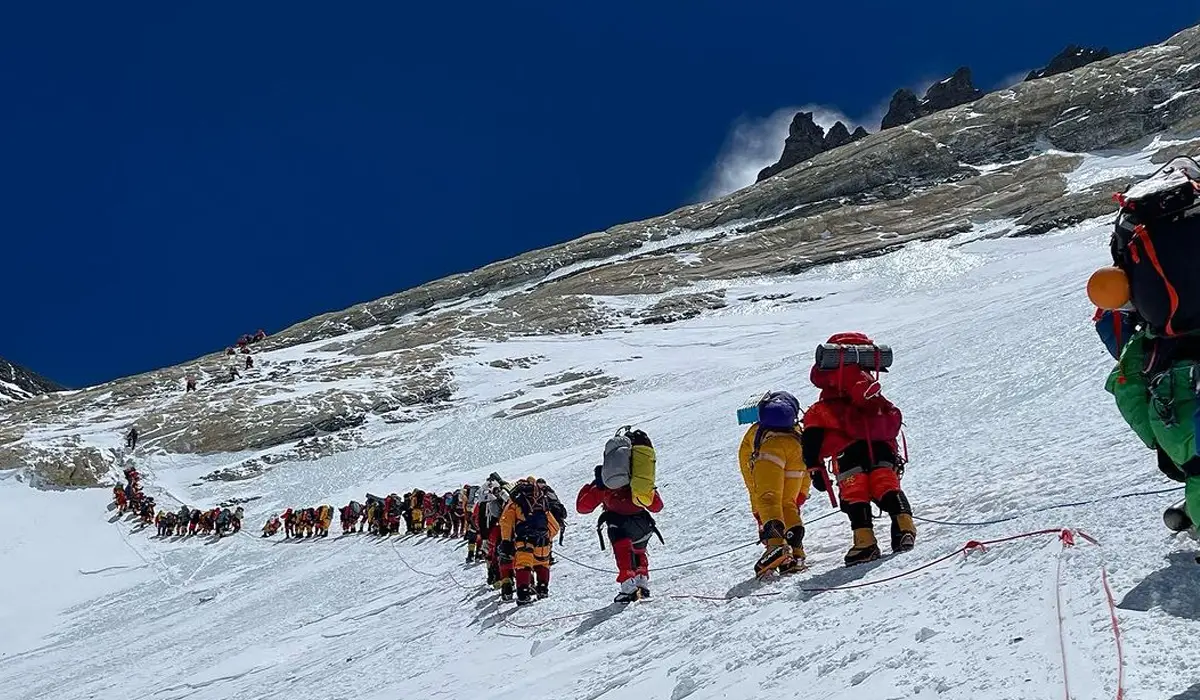
If you are familiar with the mountain expeditions, then you might have heard about the two O’clock rule on Everest. Although it does seem enticing and rather like a celebratory gist done by the mountaineers after the successful summit, however, that is not the case here.
So, what is the two O’clock rule on Everest? The two o’clock rule in Everest is an iron-clad rule that doesn’t recommend the climber to push for the summit after two o’clock. If the summiteers push for the top of the Everest after this time frame, it means they are betting their life on the line.
When it becomes clear that the climber cannot reach the top of Everest by two o’clock, that individual should abandon the summit push and head back to the camp considering safety.
What is the Two O’clock Rule on Everest?- Why is It Dangerous?
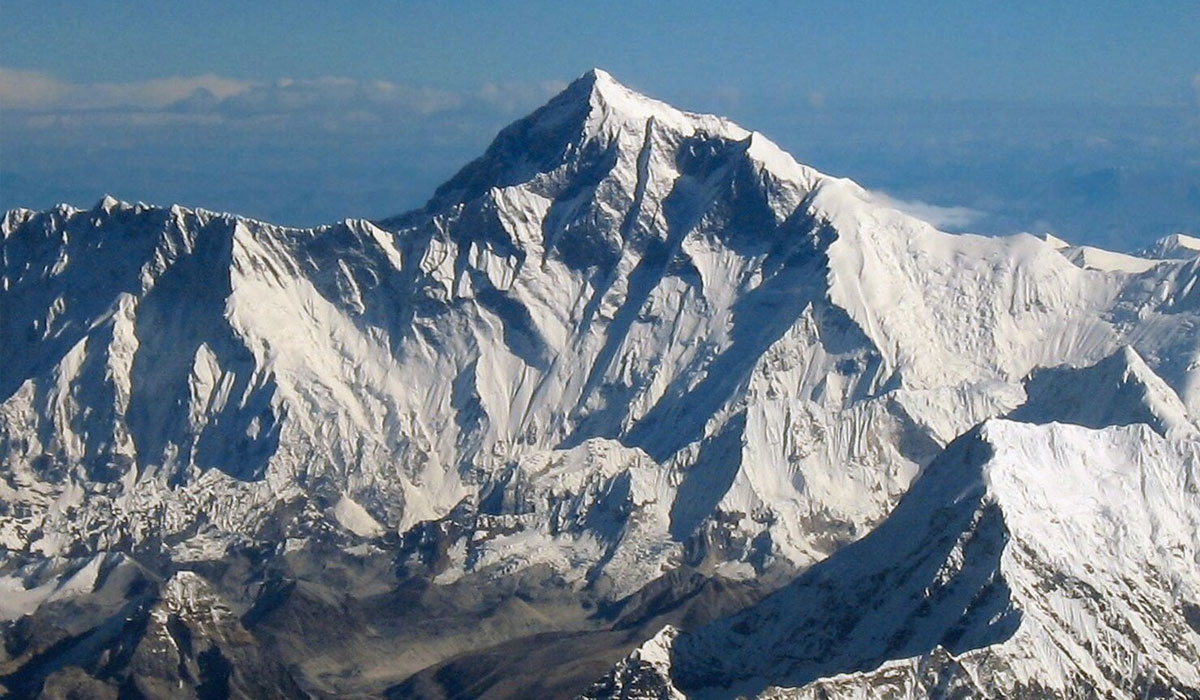
Although this an ironclad for the expedition of the tallest mountain in the world at the elevation of 8,849 meters (29,032 feet) that every climber should abide by, why is it so dangerous to push for the summit after two o’clock?
Every climber on the expedition to Mt. Everest is briefed about this two o’clock rule and should strictly follow it, the main reason to do this is due to the limited supply of oxygen. During the summit push day, the climbers have to cover a distance of approximately 1.72 km (1.07 miles).
Roughly, this final day expedition from Camp IV on Everest at an elevation of 7,950 meters (26,00 feet) takes approximately 6- 9 hours. This final push on the South Col, the southern side of the mountain is the most strenuous climbing part of the entire expedition.
The climbers only carry limited supplementary oxygen during this day scaling, considering the ascending period as well as descending safely to Camp IV. So, the safe time period for this entire summit day’s scaling depends on reaching the top of Mt. Everest by 2- 3 p.m.
So, in circumstances, if the climbers don’t reach the summit by this allocated time, they should return to Camp IV and try the summit the next day. In case climbers insist on pushing for the summit after two o’clock, there is a high chance of them running out of supplementary oxygen, which can be fatal at such an altitude.
Another reason is the climbers keep pursuing the summit even after two o’clock, it will mean that on their return trip to Camp IV, it will get dark. As the climbers empty their supplies and their energy at this point, descending in the dark can be pretty challenging.
Many climbers who kept pursuing the summit even after the recommended period either gave in to the fatigue or lost their way in the descending trail, which has always been fatal.
Death Zone on Mount Everest
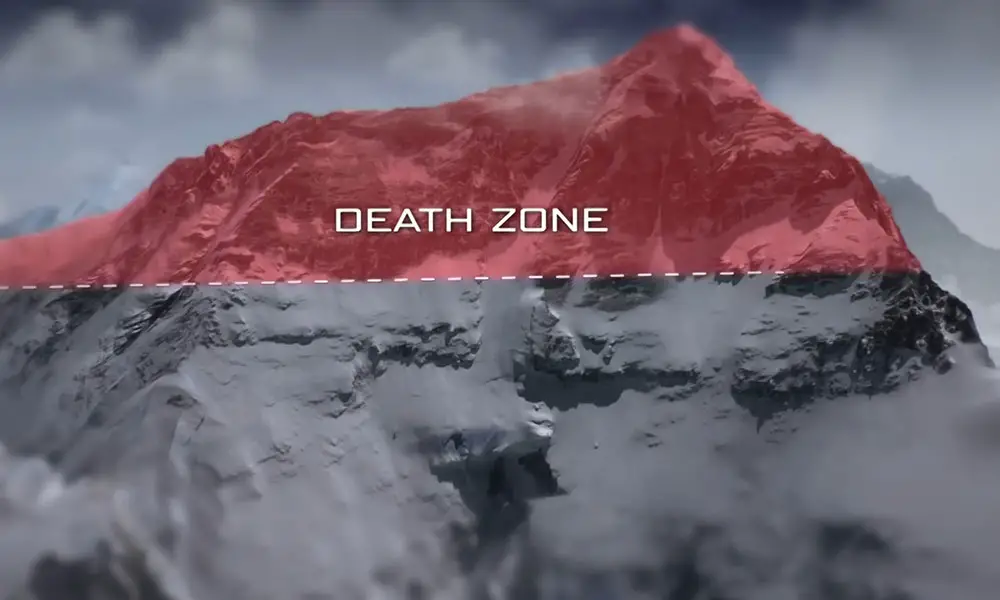
Another reason why the climbers shouldn’t push their luck after two o’clock is due to the amount of time they have to spend in the ‘death zone’. For those of you who are not familiar with this term, the ‘death zone’ refers to the sections above 8,000 meters on the 14 highest peaks in the world.
These particular segments in the 14 of the highest peaks in the world are so deadly that the climbers are recommended not to stay any longer than 16- 18 hours in the death zone. The body cells start dying cell by cell and second by second in these particular segments of the mountain.
The oxygen saturation level in the death zone is dangerously low and in the death zone of Mt. Everest, the oxygen saturation is just 34% of the sea level. So, in the what is the two o’clock rule on Everest segment, the death zone is another reason why the climbers shouldn’t push for the summit after 2 p.m.
As the climbers are already working with limited supplementary oxygen during their ascend, if they push their luck any further, they will have to deal with the consequences inside the death zone. Dealing with the dangerously low oxygen saturation level with the weary body is very risky and if the mountaineers run out of the supply in the death zone, it can be fatal.
In fact, most of the deaths that have occurred on the slopes of Mt. Everest have been inside this lethal zone known as the ‘death zone’. Out of more than 325 mountaineers who died on Everest, most deaths occurred in the death zone, every climber ascending Everest knows how life is a gamble inside the death zone, a wrong move and the treacherous snown could swallow you whole.
Why the Dead Bodies Are Not Brought Down From Everest?
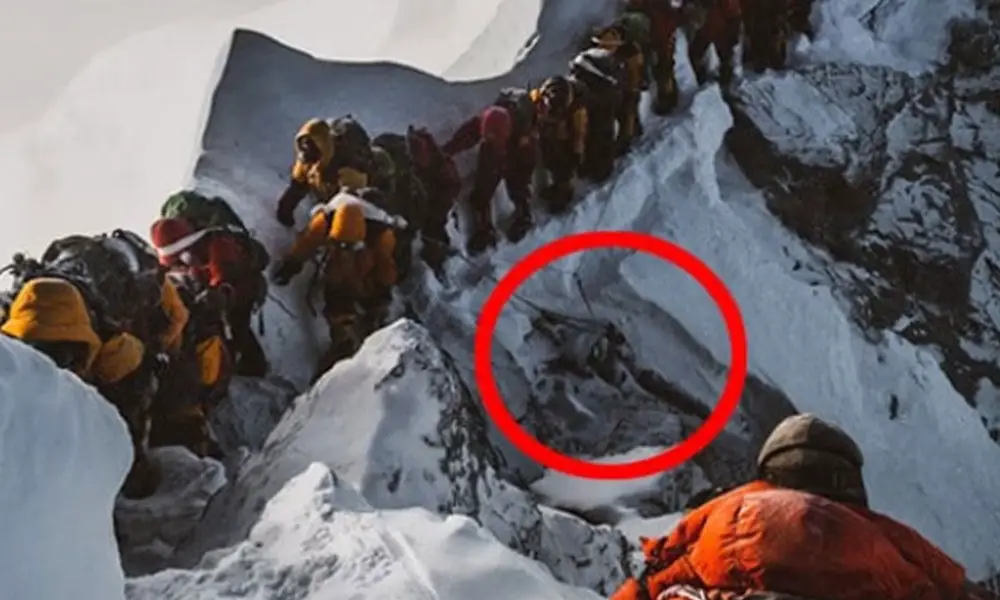
Only the very few might know how difficult and risky it is to carry down the dead bodies of the mountaineers after their death on the slopes of the mountain. It is even more complicated to operate the body recovery operations if the body is in the death zone.
Any dead bodies above Camp II (6,400 meters) are very difficult to retrieve as there are no fixed and reliable segments on the mountain that can support the helicopter landing above that altitude. Furthermore, the retriever team also has to account for the limited 16- 18 hour standard time limit considering the safety factors, it is a constant back-and-forth operation to search and retrieve the bodies.
As even single scaling on the treacherous slopes of Mt. Everest is a risky business itself, carrying the retrieving body not only burdens the members of the retrieval team but also puts them at risk. Not to mention, it is a very costly operation to retrieve the dead bodies from Mt. Everest, especially if it is inside the death zone, the minimum retrieval operation cost starts from US$ 70,000.
But the retrial isn’t always guaranteed sometimes the bodies fall off the slopes and often are covered deep under the snow. So, most of the time after the death of the climbers on the mountain slopes, only a few of the bodies are retrieved others are honored with snow burial.
It is a tradition adapted from the sea voyages to honor the dead, the sailors who pass away during the voyage are given a sea burial, similarly, the snow burial denotes the honorable funeral of the mountaineers who passed away doing what they loved.
You know also like:
- Best Routes To Climb Mount Everest
- How Many People Have Climbed Mount Everest?
- How Hard Is It To Climb Mount Everest?
- How To Train to Climb Mount Everest?
What is the Major Cause of Death on Everest?
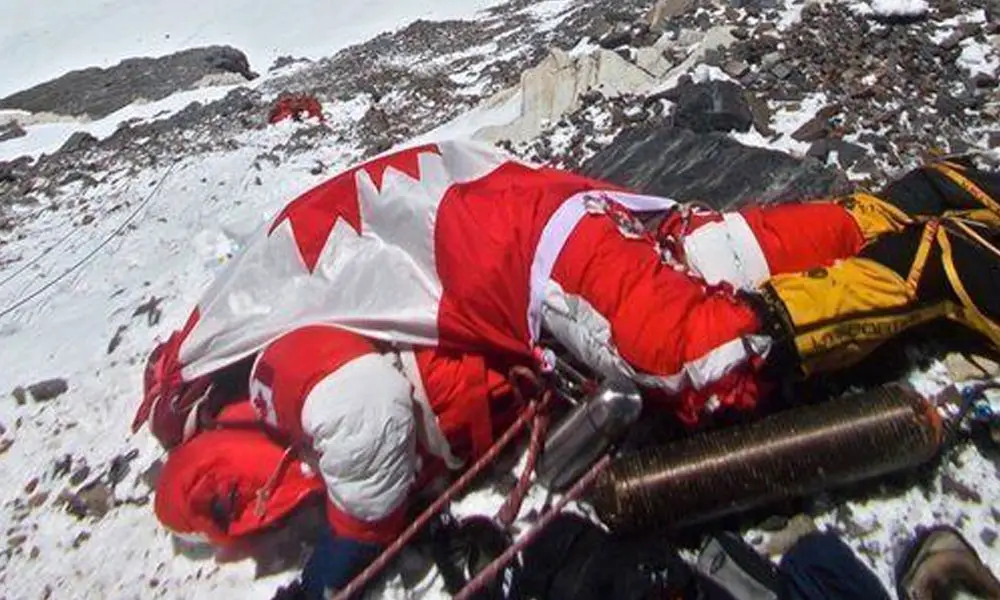
The death number on Mt. Everest from 1922 is more than 325, it is the sum of the total number of deaths of both mountaineering and Sherpa guides during the expeditions. Out of all these 35% were caused by the falls, then the climbers and the guides slipped while ascending on the mountain.
Similarly, 22% of the deaths accounted for exhaustion, 18% fell victim to altitude sickness, and 13% died due to exposure to the harsh freezing climate of the mountain. The majority of the deaths, 44% of the climbers, were due to the deadly avalanches that the mountains are known for, among all these deaths most of them have occurred in the death zone.
